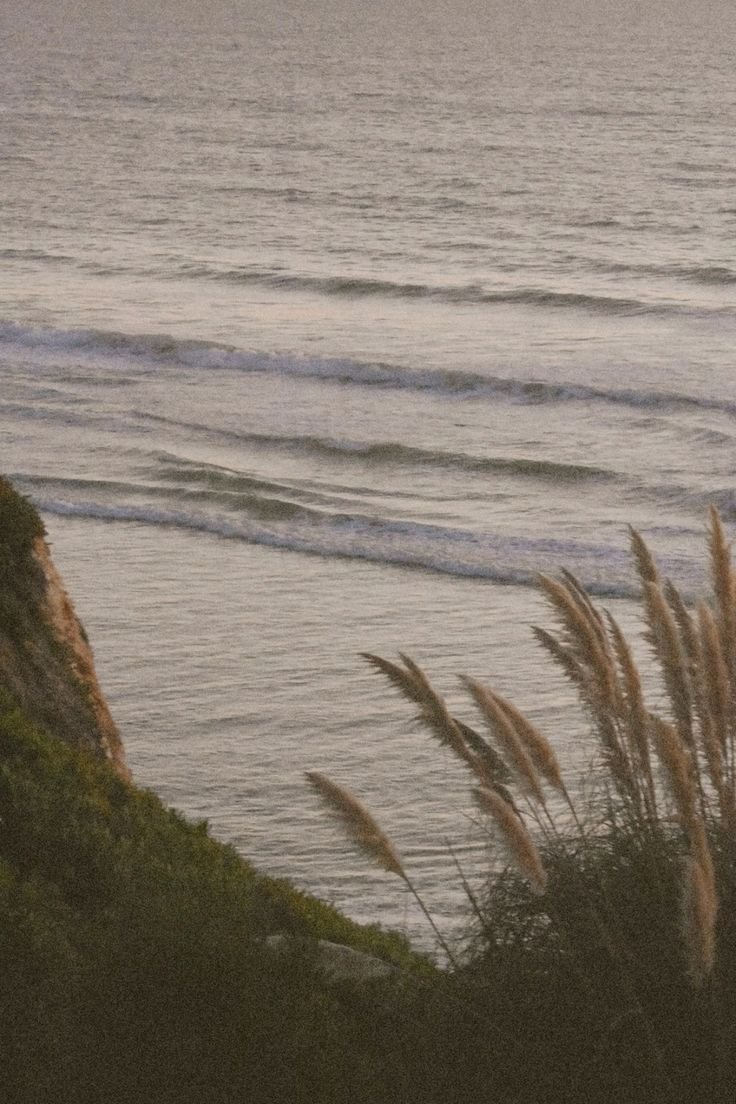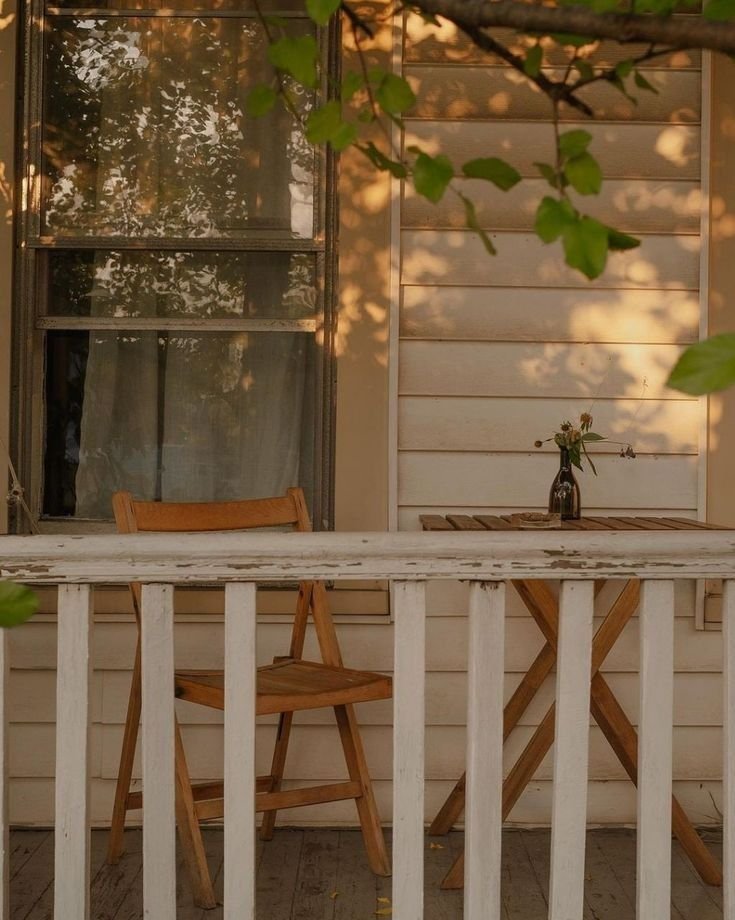YOUR IDEAL ENVIRONMENT IN HUMAN DESIGN
Image via Pinterest
Human Design continues to be a growing and powerful tool. It offers unparalleled insight into our unique energetics, allowing us to live according to how our energy works, bringing about authentic lives.
The Environment variable is a more advanced piece to explore (bottom left arrow in the bodygraph). There are 6 different possible environments, with 2 subcategories within each, and we will explore each of them.
In this article, we will explore everything you need to know about your Environment in Human Design, and how you can use it to create your dream life.
In this article, we cover the following:
What is Environment in Human Design
Caves Environment
Markets Environment
Kitchens Environment
Mountains Environment
Valleys Environment
Shores Environment
Environment Variables in Human Design
Arrows in Human Design
Bottom left arrow in Human Design
Download your chart here so you can find your environment style.
Image via Pinterest
what is environment in human design?
Your environment in Human Design speaks to what environments our bodies thrive in and shows us how we can experience more ease and flow in our lives by placing ourselves in the right spaces. There are 6 different environments, but 2 subcategories within them.
before we dive in, let’s first explore the direction of the arrow…
If your bottom left arrow points left…
Your environment is either selective caves, internal markets, wet kitchens, active mountains, narrow valleys, or natural shores.
You may enjoy being seen.
Your ideal spaces energize you.
Your environment is “active,” so you may enjoy being active/doing something in your ideal spaces.
If your bottom left arrow points right…
Your environment is either blending caves, external markets, dry kitchens, passive mountains, wide valleys, or artificial shores.
You may enjoy observing others.
Your ideal spaces soothe you.
Your environment is “passive,” so you enjoy being relaxed and chill in your ideal spaces.
Image via Pinterest
caves environment
If you have a caves environment in Human Design you naturally thrive in places that are comfortable, cozy, and that you have a sense of control over.
This could be the comfort of your own home.
This could be sitting in a booth at a restaurant.
This could be driving your own car.
Anywhere you can feel a sense of safety.
If you are selective caves environment (left-facing arrow), you tend to want more alone time and feel comfortable ignoring your surroundings as long as you feel safe.
If you are blending caves environment (right-facing arrow), you are more flexible within your environment. You love to people-watch and invite others into cozy places you host.
markets environment
If you have a markets environment in Human Design you naturally thrive in places where there is common cause and options to choose from.
This could be farmer's and craft markets.
This could be food and drink festivals.
This could be shopping malls.
Anywhere where you can feel a sense of togetherness.
If you are internal markets environment (left-facing arrow), you enjoy the comfort of your home and create areas in it where exchanges occur (spot for your keys, organization).
If you are external markets environment (right-facing arrow), you may enjoy being out and about shopping around, not wanting to be stuck to one place for too long.
kitchens environment
If you have a kitchens environment in Human Design you naturally thrive in creative hubs where everything is happening at once.
This could be local coffee shops.
This could be hosting in your own kitchen.
This could be a co-working space.
Anywhere where you can feel a sense of busyness.
If you are wet kitchens environment (left-facing arrow), you thrive in a moist environment (steam room, humid climate) or enjoy being near water.
If you are dry kitchens environment (right-facing arrow), you thrive in a drier environment (sauna, desert climate) or enjoy being near a fireplace.
mountains environment
If you have mountains environment in Human Design you naturally thrive in elevated spaces where you can get a perspective in.
This could be a rooftop bar.
This could be sitting in barstools at restaurants.
This could be working from your balcony.
Anywhere where you can feel a sense of height.
If you are active mountains environment (left-facing arrow), you thrive when you can take time away from it all and go away to the mountains or somewhere higher up.
If you are passive mountains environment (right-facing arrow), you thrive when people come and meet you where you’re at, high up.
valleys environment
If you have valleys environment in Human Design you naturally thrive in places that you can make connections in and feel in touch with the world.
This could be walking to a nearby store.
This could be going to your neighbor's house.
This could be riding your bike to a close coffee shop.
Anywhere where you can feel a sense of accessibility.
If you are narrow valleys environment (left-facing arrow), you thrive in more concentrated places where people are close by, and the acoustics feel focused and controlled.
If you are wide valleys environment (right-facing arrow), you thrive in larger spaces where you connect with people near and far, and the acoustics feel diffused and echoed.
shores environment
If you have shores environment in Human Design you naturally thrive in places that are on the edge of a space.
This could be a seashore.
This could be sitting on your porch.
This could be at the outer edges of a restaurant.
Anywhere where you can feel a sense of the outside looking in.
If you are natural shores environment (left-facing arrow), you thrive in natural shores, like a seaside, cliff, forest, and nature in general.
If you are artificial shores environment (right-facing arrow), you thrive in more man-made shores, like a suburb, neighborhood, etc.
interested in learning more about your environment style in human design?
Grab your comprehensive and beautifully designed guidebook tailored specifically to your Human Design Chart. This guidebook will provide in-depth explanations of your energy centers, channels, gates, profiles, environment style, and so much more. It will serve as a valuable resource for your self-exploration and personal growth, offering practical insights and strategies for living in alignment with your design.



